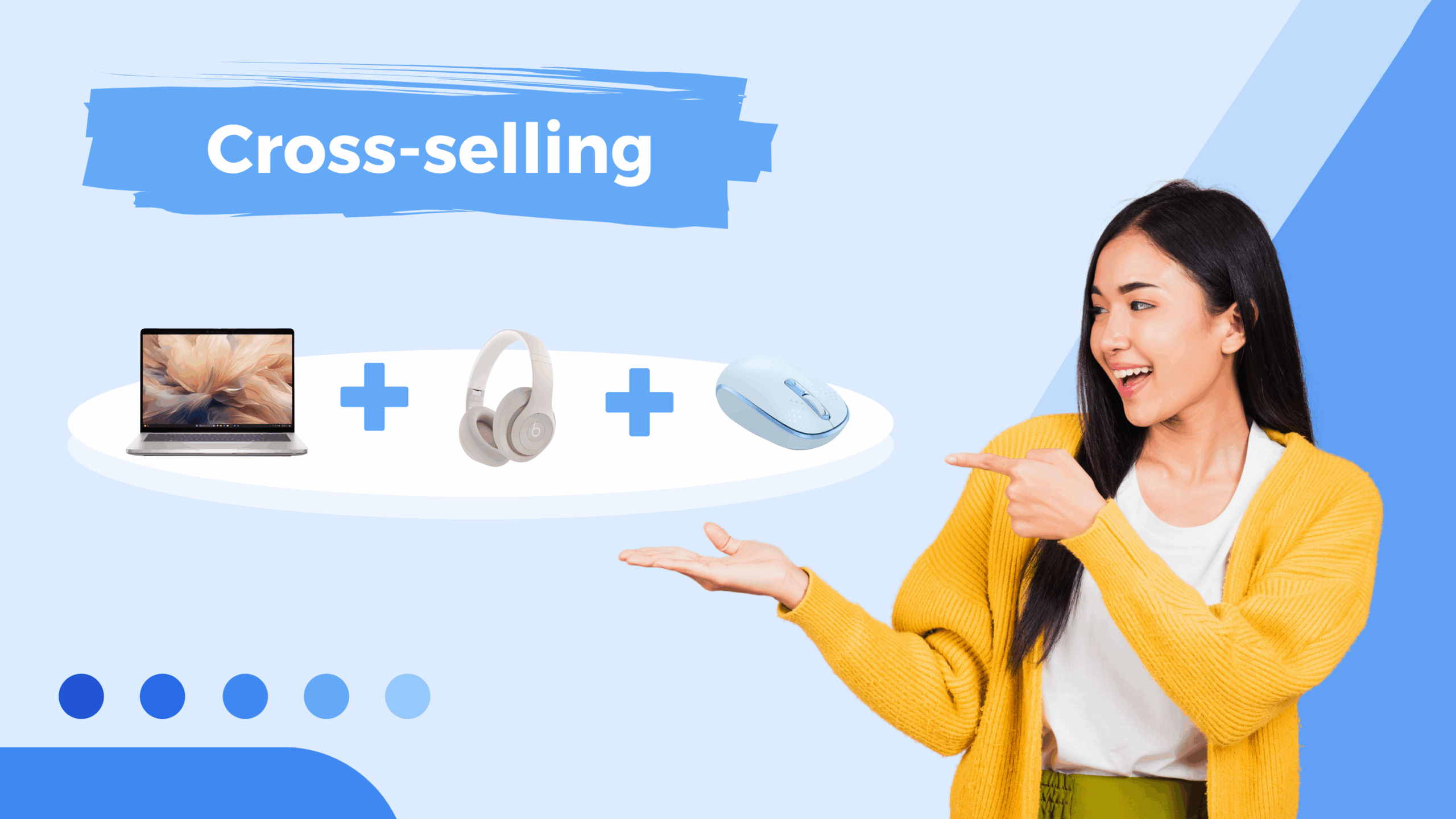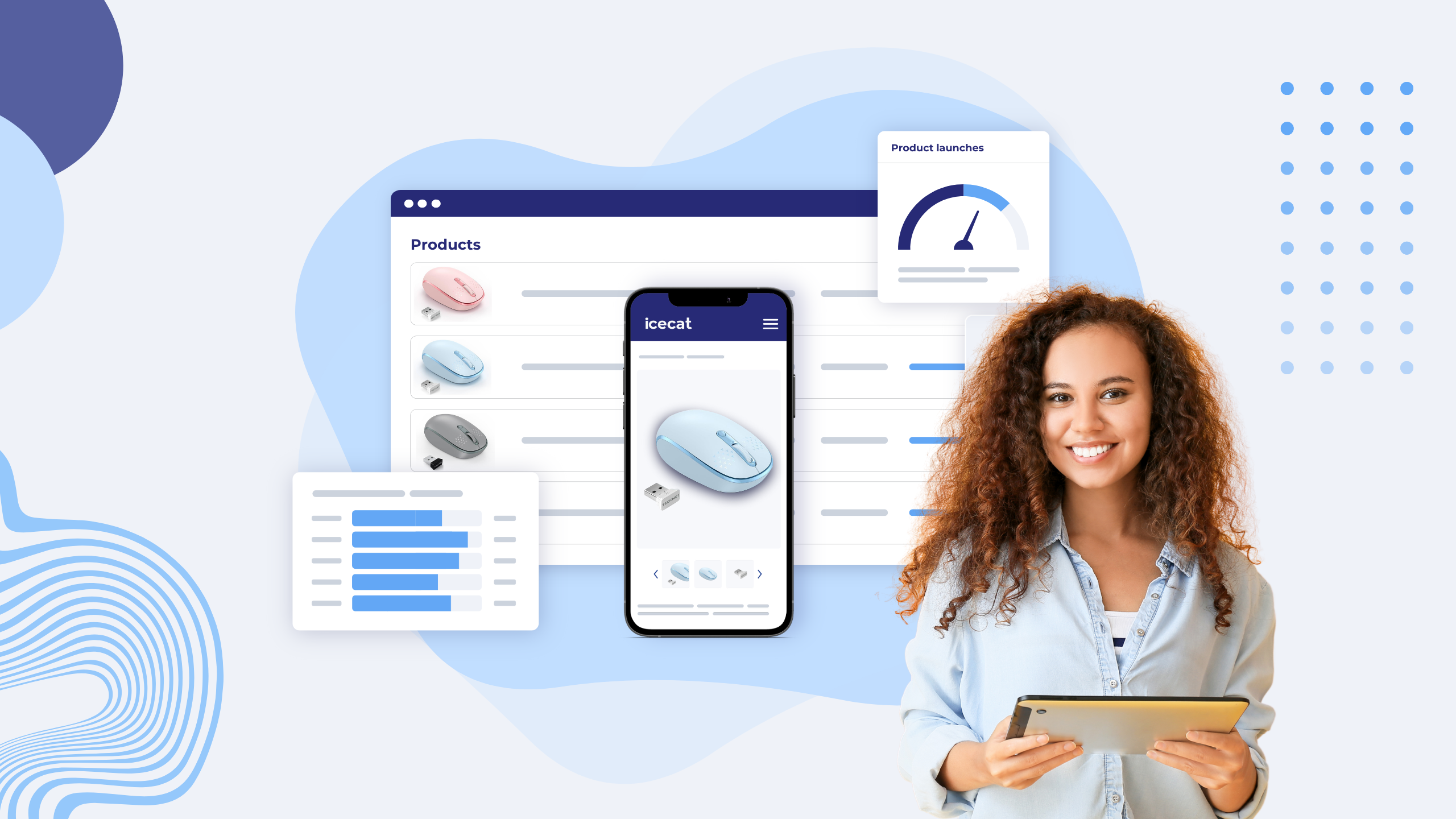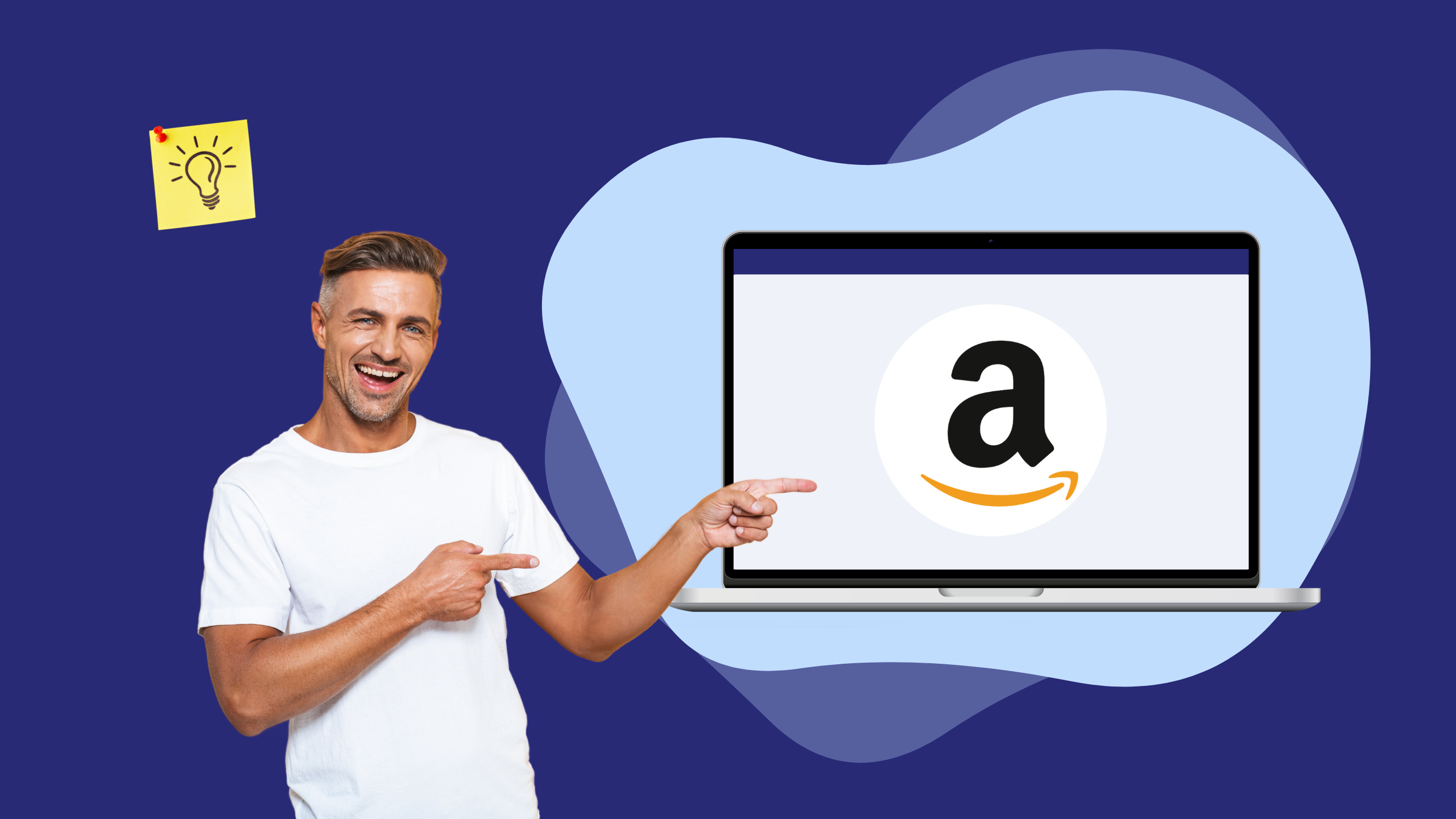Consumer Packaged Goods (CPG) have always been a staple in the global economy, from household essentials like toothpaste and cleaning supplies to indulgent snacks and beverages. But as the digital wave continues to reshape commerce, CPG brands are finding themselves at the center of an exciting, fast-evolving landscape.
E-commerce has redefined the way consumers discover, purchase, and engage with products. For CPG brands, this shift presents immense opportunities—but also unique challenges. This guide is here to walk you through key insights, trends, and strategies to thrive in the world of e-commerce.
What Are Consumer Packaged Goods?
Consumer Packaged Goods, or CPGs, are everyday products that people use and replenish frequently. Unlike durable goods like refrigerators or washing machines, CPGs have short usage cycles and include items such as:
- Food and Beverages: Snacks, frozen meals, coffee
- Household Items: Cleaning supplies, paper towels
- Personal Care Products: Makeup, shampoo, toothpaste
The CPG industry is massive, contributing around $2 trillion annually to the U.S. economy. Iconic brands like Coca-Cola, L’Oréal, and Procter & Gamble dominate this sector, competing for both shelf space in brick-and-mortar stores and online visibility.
But what does the e-commerce landscape look like for CPGs?
The Evolution of Consumer Packaged Goods in E-Commerce
Historical Challenges of Selling CPG Online
Historically, CPG products thrived in physical stores where brands competed for attention with packaging and placement. Selling these items online came with its own hurdles:
- Perishable products, like frozen meals, required effective cold chain logistics.
- The tactile experience of shopping—sampling, smelling, or feeling products—couldn’t be replicated online.
- High shipping costs added complexity to selling low-margin items like household essentials.
Despite these barriers, the shift towards e-commerce was inevitable as consumer habits began to change.
The Shift to E-Commerce
Today, the demand for convenience has given e-commerce a foothold in CPG sales. Platforms like Amazon, Walmart, and Instacart have revolutionized how consumers access daily essentials with just a few clicks.
- COVID-19 Accelerated Growth: The pandemic highlighted the importance of e-commerce for CPGs, with many consumers turning to online channels for shopping due to lockdowns.
- Direct-to-Consumer (DTC) Channels: Brands like Dollar Shave Club and Native showed that bypassing traditional retail and going directly to customers was not only possible but profitable.
Factors Driving CPG Growth Online
Three major factors have contributed to the surge in CPG e-commerce sales:
- Smartphone Penetration: Mobile commerce has made shopping more accessible than ever.
- Subscription Models: Services like meal kits and refill subscriptions continue to gain traction.
- Omnichannel Strategies: Brands now leverage a mix of online and offline channels to meet consumers wherever they choose to shop.
Key Trends Shaping Consumer Packaged Goods
1. Health and Wellness Focus
Consumers are increasingly searching for healthier and cleaner products. Ingredients like organic grains or cruelty-free cosmetics are becoming table stakes for capturing health-conscious shoppers. Keywords like “non-GMO” or “gluten-free” now hold immense sway over buying decisions.
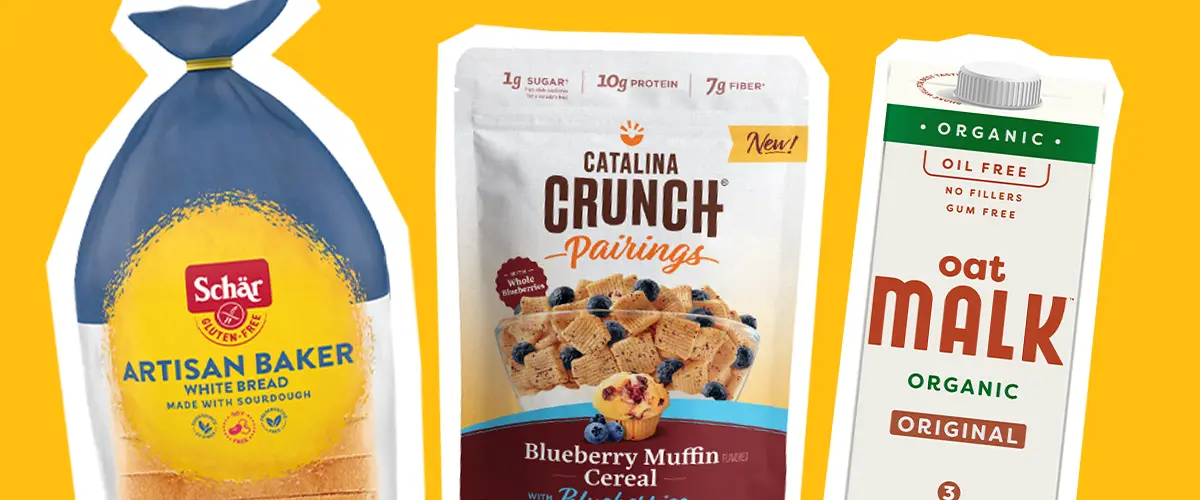
2. Sustainability and Eco-Friendly Products
Sustainability is no longer a trend—it’s a requirement. Brands offering biodegradable packaging, transparent sourcing, and eco-centric messaging stand out. Take Unilever’s public commitment to sustainable living as a benchmark for connecting with environmentally conscious consumers.

3. Direct-to-Consumer (DTC) Models
DTC brands are flourishing in the CPG ecosystem. Why? Because they own the end-to-end relationship with their customers and can personalize experiences while cutting out the middleman. Brands like Harry’s and Billie are proof that DTC strategies work.
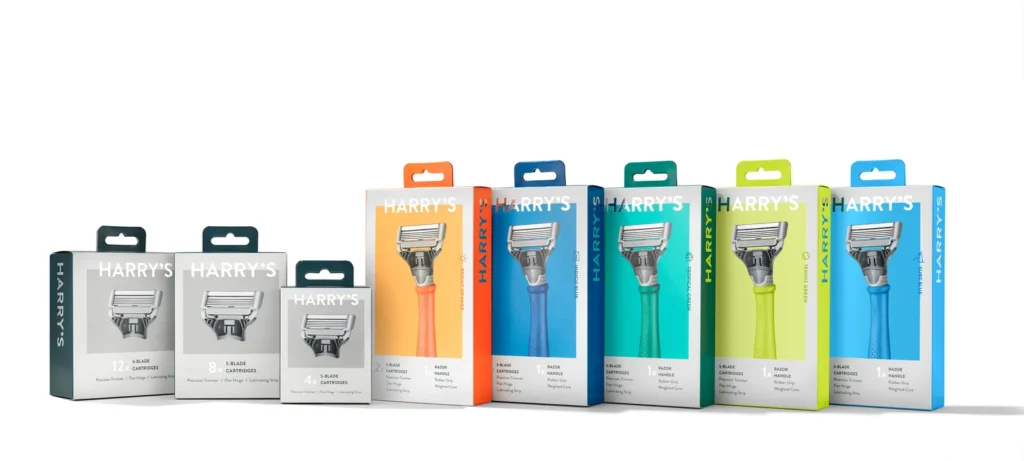
4. The Rise of Private-Label Brands
Private-label goods are giving traditional CPG brands a run for their money. Retailers like Costco and Target are offering quality alternatives at competitive prices, putting added pressure on traditional players to innovate.
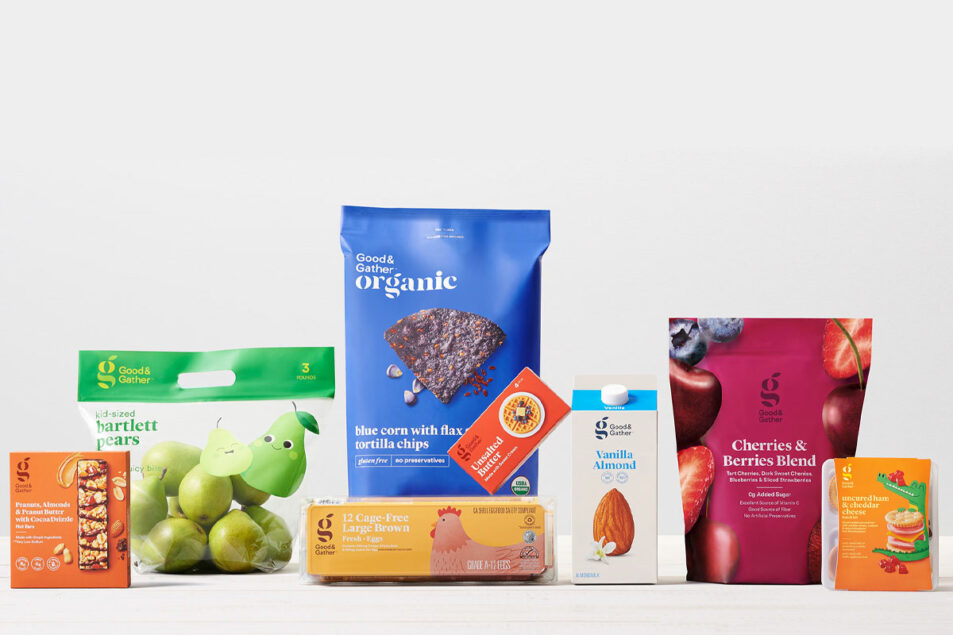
Winning Strategies for E-Commerce Growth in Consumer Packaged Goods
If you’re looking to succeed as a CPG brand in e-commerce, here’s what you need to know.
1. Optimize the Online Shopping Experience
Successful online retailers prioritize ease of navigation, fast loading times, and clear product descriptions. Invest in rich media like videos and close-up images to replicate the in-store experience.
2. Leverage Data Analytics
Data is king in e-commerce. Use analytics tools to understand customer preferences, optimize pricing strategies, and predict demand. AI and machine learning can further enhance your insights, enabling better targeting and inventory management.
3. Effective Supply Chain Management
To compete online, robust supply chain systems are non-negotiable. From warehousing to last-mile delivery, ensure that your logistics are equipped for the scale and pace of e-commerce.
4. Personalization and Customer Engagement
Get personal. Use email campaigns, loyalty programs, and targeted ads to engage customers. Personalization boosts repeat purchases and fosters long-term brand loyalty.
Emerging Markets and Global Opportunities
Expanding globally offers huge potential for CPG brands.
Untapped Potential in Emerging Markets
Countries like China, India, and those in Southeast Asia are expected to contribute significantly to CPG growth in the coming years, thanks to growing middle classes and increased internet penetration.
Diverse Consumer Preferences
Adapt your offerings to cater to local tastes. For example, preferences for savory snacks in Asian markets may differ vastly from those in the U.S. or Europe.
Overcoming Logistical Challenges
Last-mile delivery in rural areas often requires innovative solutions like partnerships with local transport providers or drone deliveries.
The Future of Consumer Packaged Goods
Technological Advancements
AI, augmented reality (AR), and blockchain are set to revolutionize how CPG brands operate. AI can optimize pricing, while AR technology allows customers to visualize products in their homes. Blockchain ensures transparency in the supply chain, building consumer trust.
Changing Consumer Behaviors
Consumers are increasingly seeking ethical, personalized, and convenient experiences. Meeting these expectations will require constant innovation and adaptability.
Predictions and Opportunities
The CPG e-commerce space is projected to grow to $244.92 billion by 2030. Brands equipped with the right strategies and agility will thrive in this booming sector.
Final Thoughts: Seizing the Future of CPG E-Commerce
The future of consumer packaged goods in e-commerce is filled with opportunities, but success depends on agility, innovation, and a strong digital strategy. As online shopping continues to evolve, brands that prioritize seamless customer experiences, data-driven insights, and sustainable practices will lead the way.
By embracing new technologies, optimizing supply chains, and adopting omnichannel approaches, CPG brands can stay ahead of shifting consumer expectations and drive long-term growth. Now is the time to refine your e-commerce strategy and secure your place in the future of digital retail.

